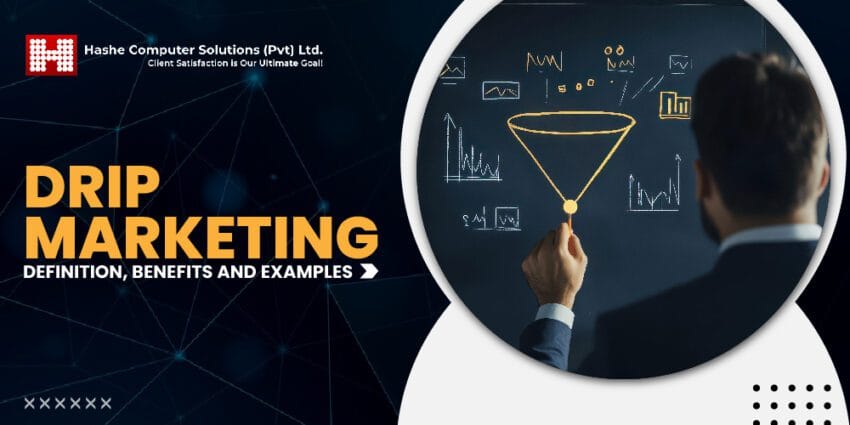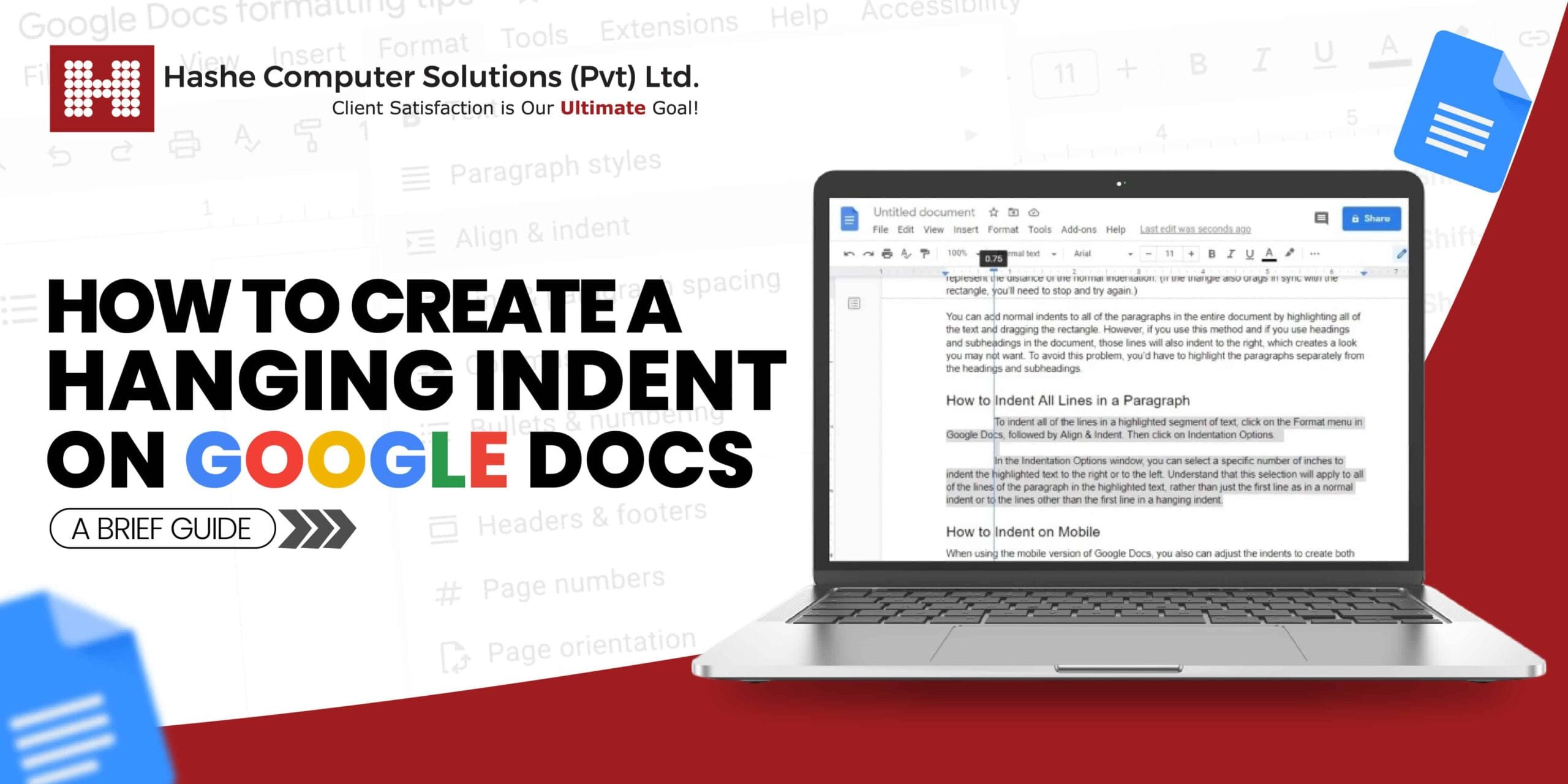
Persuading an audience to take action is a difficult task. Leads are not always ready to make a purchase. Even if they are, it can be challenging to keep their interest. Fortunately, you may gradually increase your impact on your target group by using email marketing.
Drip email marketing is the answer if you’re searching for an effective strategy to stay in touch with your clients and nurture leads.
You can send automated emails based on consumer activities, such as creating an account or purchasing a product or service. In addition to offering helpful content, these emails gradually foster stronger client relationships.
This article delves deeper into email drip campaigns, discussing why they work and how to implement them. So, let’s get started!
What is Drip Marketing?
Drip email marketing, also known as a drip campaign, is a series of automated emails sent to people who have taken a specific action on your site. You can select the number and frequency of emails delivered.
This strategy nurtures potential customers by sending a sequence of automated, customized emails. Depending on the maturity level of the business utilizing drip marketing, content can be either dynamic or pre-written. The way these messages are distributed (or “dripped”) is typically tailored to the behavior or status of their intended recipients. A drip marketing campaign uses a sequence of messages that follow a preplanned course in an effort to gradually impact its target audience.
Drip campaigns are incredibly customizable and adjustable. It is up to you to decide how often they are sent. For instance, you may send one email as soon as someone signs up, another three days later, and another the following weekend. Additionally, it may vary based on the recipient’s action after receiving the email.
Moreover, the emails’ content may change according to the recipient’s action. Actions that could start a drip campaign include the following:
- Signing up for a service
- Placing an order
- Making a purchase
- Registering for an event
- Engaging with customer service
- Abandoning a shopping cart
- Not placing an order for a while
There is no need to manually create and send each one because they come from a queue of previously written emails. You can also personalize them with your contact’s name, company information, and more.
In a nutshell, drip marketing is the process of providing individuals with relevant information at the appropriate moment. For instance, a drip campaign could send a welcome email to someone who recently signed up for your blog subscription, followed by another email two days later showcasing some of your most popular content.
Similarly, when a prospect abandons a web page, your ongoing emails can benefit from it. You can send them a message with product updates, deals, or advertisements related to the particular item or website the prospect was interested in when they exit a product page without buying something, completing a form, or viewing a video.
Benefits of Drip Campaigns: Why Use Them?
When you develop your messaging and schedule it through automation, you’ll see how effective drip marketing can be. There is a possibility that your clients will respond directly by visiting your landing page or subscribing to your email list.
There are several ways drip marketing strategies can maintain client engagement.
Content Personalization
Drip campaigns enable highly customized and targeted communication. You can personalize information based on the recipient’s behavior, preferences, and previous engagements with emails. This personalization helps strengthen the bond between you and your client.
Automation
Your series of emails is set up to be delivered at regular intervals or in response to user actions. By communicating consistently, you can maintain your audience’s attention without any manual labor.
Nurturing Leads
Despite being a part of a series, the content in an email drip marketing campaign must also be standalone. For instance, if a prospect overlooks the first two emails but reads the third, they should still be able to understand the CTAs regardless of which email they open.
Do not assume that a subscriber reads every email in a series. Instead, ensure that each email expresses context and significance. It will help you acquire the trust and reputation needed to nurture leads.
Segmentation
You can categorize drip campaigns based on demographics, behavior, or previous interactions. Sending tailored content to particular audience segments lets you know that the recipients are getting information relevant to their requirements.
Behavioral Triggers
Some user actions, like clicking a link or downloading a resource, may initiate drip campaigns. After a user clicks on a product, they may receive follow-up emails with further details or exclusive deals.
Building Long-Lasting Relationships
Drip campaigns sequentially deliver content rather than flooding users’ inboxes with it all at once. Over time, this fosters interest and involvement, igniting a deep and lasting bond.
Customer Retention
Drip email marketing might encourage customer loyalty. Sending your consumers regular drips of interesting content helps you build long-lasting connections. Customer retention is one of the primary goals of businesses for success.
Data-Driven Decision Making
Drip marketing campaigns allow you to monitor and evaluate the performance of your email sequences. You can determine the effectiveness of your emails by tracking important data like open rates, click-through rates, and conversion rates. This data gives you significant insights into your prospects’ interests and actions, which can help you make better marketing decisions.
How to Create an Effective Drip Marketing Campaign
Are you ready to enhance sales with email drip campaigns but don’t know where to start? Here are the steps for creating an effective drip campaign.
Define Your Goals
Get started by establishing specific sales goals that your drip campaign will support. What do you hope to accomplish?
Before you start working, ask yourself the following questions:
- Are you looking for new leads?
- Do you want to ensure a smooth user onboarding process?
- Do you prioritize boosting user engagement among current leads?
- Are you aiming to cross-sell or upsell?
Identify Your Target Audience
The main goal of drip campaigns is to segment your subscriber list into smaller groups and target content to niches of clients. Therefore, choosing which groups to target and triggers to use for your drip marketing strategy is the most crucial phase.
Drips often rely on one of two trigger types:
- An action taken on your website/app or via email, for example:
- Subscribing your company newsletter
- Downloading the trial version of your app
- Clicking on a promotional link in your welcome email
- An additional piece of user demographic information, for example:
- Marital status
- Location-based
Choose Your Triggers
Triggers in drip campaigns are particular actions or information that define when and why a user receives an email. Make sure your audience responds well to the triggers you choose. Here are the two primary kinds of triggers you should consider.
- Action-based triggers: They occur when a user performs a particular action on your website, on your app, or in an earlier email. Typical examples include newsletter subscriptions, trial downloads, and promotional engagement.
- Demographic-based triggers: Demographics offer a wealth of data about your visitors, enabling more specialized and focused advertising campaigns. For instance, being aware of a user’s marital status may present unique promotional options. Similarly, location-based promotions or events can be incredibly appealing.
Compose Your Message
Now that you’ve identified your audience, you must create a message that appeals to them and is helpful. Considering what you want your customer to do or learn, write concise, actionable, and brand-consistent copy. The best practices for drip emails are similar to those of other marketing emails.
You may even use AI writing generators to generate ideas, draft content, and improve it. These resources can help you write content that is understandable, helpful, and consistent with your brand.
Develop Your Campaign Strategy
The next step is to determine the drip campaign’s logistics, including the process from initial contact to sale to support. Set campaign goals, ensure that each email’s copy complements the others, and determine how you will track your progress at this point. To do this, consider the following:
- Determine how many emails you are going to send, when, and in what sequence. The order of your emails is essential to the success of every campaign, whether you’re onboarding a new client or maintaining user engagement. Think about the amount, potential timing, and purpose of the information your target user requires.
- See if your triggers align with your message. Nothing is more annoying than receiving an excessive sales pitch just seconds after registering on a website or an emailed voucher for something you purchased last week. Ensure that every email in your campaign directly connects to a trigger and that all triggers are organized. It should always be clear to users why they are receiving emails.
- Consider how you will measure success. Whether you’re implementing a drip campaign for customer acquisition, engagement, or education, you must decide on the metrics to gauge its performance and define targets. Depending on your analytics capabilities, you might examine time on site, conversions, click-through rate, or bounce rate.
Start Your Campaign
After deciding on a plan, configure it in your email marketing program. The correct tool will take care of all your labor-intensive tasks.
Evaluate and Adjust
You shouldn’t let your drip campaign run unattended just because it’s automated. After spending a great deal of time investigating user segments, it’s critical to reassess both your strategy and the segments in light of the results.
Try revising your calls to action if you aren’t receiving as many click-throughs as you would want. Before urging any user to take action, try additional informative emails if your sale-closing email isn’t achieving your conversion rate targets. Assess, modify, and repeat.
Examples of Drip Campaigns
Let’s examine some examples of successful campaigns that highlight the versatility and potency of drip marketing to understand its potential completely.
Nurturing Leads
Leads may require some assistance before they are ready to purchase your product. Lead nurturing can take many forms, such as providing free trials, assisting users with specific features, or educating them about your service.
Although you can’t personally guide every customer through the process of finding and buying your product, drip emails can help you do that.
You can use welcoming, onboarding, engagement, or abandoned shopping cart drips to nurture your leads and prepare them to become paying customers.
Welcoming
After numerous new customers have signed up for trials or asked for more information about your product owing to your exceptional marketing efforts, it’s time to guide them! That’s where welcome emails enter the scenario!
Welcome emails serve as a quick overview of your company’s best content and a guide to using your product.
If someone signs up for your newsletter, you could utilize a welcome drip to deliver some of your most popular blog posts to them automatically. Similarly, if you get a new trial sign-up, create a drip campaign that includes case studies about how your other customers are utilizing your product.
Onboarding
Along with welcome emails or scheduled newsletters that expose the customer to your brand and values, onboarding emails focus on targeted “sells” or efforts to persuade them to utilize your product. These could include registering for a webinar, installing your business’s mobile app, or testing a new feature.
Abandoned Shopping Carts
Unfortunately, abandoning a completely loaded shopping cart is rather typical. However, with an automated drip campaign, you can re-engage those hesitant customers and guide them back to the “buy” button. Use a drip to follow up and ensure a product is still available if a user leaves it in their cart without buying it.
With an app, for instance, you can use a particular sales page as a trigger, such as one that lists the advantages of your pro-level plan above the basic one, and send follow-up information to anyone who sees that page but does not convert.
Maybe wait a little till the prospective client has visited the page and then send a drip during a time when they are most likely to notice the email and respond to it, like lunch or early evening.
Recommendations
A business can better forecast what the users will and won’t enjoy if they have a better understanding of their purchasing patterns. They can use that information to send the users drip emails with promotions or products tailored to their buying habits.
However, you don’t have to be a billion-dollar company to use that information. Consider using drips to target user segments according to the features of your service that they utilize the most or the kind of content they find most interesting.
Renewals
If your user has extended their subscription or it is about to expire, you may utilize drip marketing to engage them during the renewal process.
An autoresponder that notifies users when their account is about to be charged is a good option for automatic renewals. These alert emails can include contact information for your customer service team and links to pages where consumers can change their billing or shipping information.
If your subscriptions don’t renew themselves, ensure your drip campaign includes a call to action that encourages users to do so. And for those who do renew, send them a drip thanking them for sticking with your service and perhaps encouraging them to recommend your product to their friends.
Confirmations
Another option is to utilize a drip campaign to confirm your user’s purchase renewal; set up an autoresponder that says “thank you” as soon as they click the “purchase” button. You may re-engage them with your brand by including links to the newest features of your product in that confirmation drip.
Sending your customers an email receipt following a purchase should be obvious (it’s a transactional email), but you can also utilize that correspondence to promote related items and upsells. Also, for confirmations such as plane tickets and hotel rooms, send a brief email a day before the event to ensure that any key confirmation codes appear at the top of the user’s inbox.
Perhaps a few days later, that same drip can send them another email asking them to review your product or service and include a voucher for future transactions.
Engagement
The likelihood that someone will become a paying customer increases with the frequency of their interactions with your website. Engagement emails are a kind of drip campaign that – in response to site activity or a general lack of activity – urges the recipient to come back and look around.
You may need to adjust your approach and try new things if your email marketing efforts are still not yielding the desired level of engagement. Consider changing your send schedule, rewording the copy, and providing incentives.
Courses
People want to know what they’re getting in emails. Therefore, if you can provide a structured series of drips, such as a six-week course on doubling blog traffic, subscribers will not only come flooding in, but they will engage with the information at a remarkable pace. They might choose to ignore anything you send them at random.
Especially when repackaging previous content, drip campaigns that function more like multi-part crash courses are easy to set up and offer a consistent stream of visitors from a highly engaged audience.
Additionally, you’ll be one step closer to securing a premium-level subscription once the final email is sent and the consumer is familiar with your product.
Wrapping Up!
Drip campaigns are a fantastic tool in any marketer’s toolbox, whether you’re trying to nurture leads, re-engage consumers, or offer instructional content.
This article has discussed drip marketing, its benefits, and examples to help you understand how it can help you grow your business. We hope it will help you set up a successful drip marketing campaign and reap its benefits.
Are you looking for the best IT providers for your IT projects? Look no further than Hashe! Hashe Computer Solutions is a leading IT solutions provider that offers world-class software, mobile application, web development, and digital marketing services. Contact us for the best web design solutions!
Was this helpful?
Last Modified: March 21, 2025 at 4:31 pm
14 views










